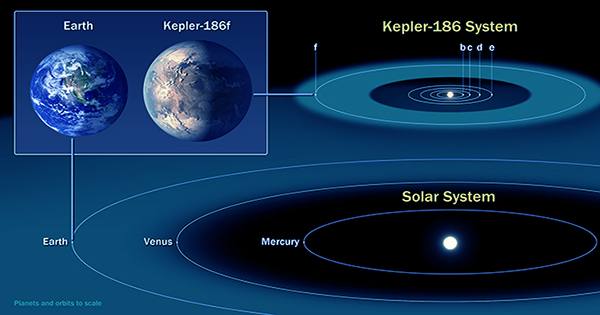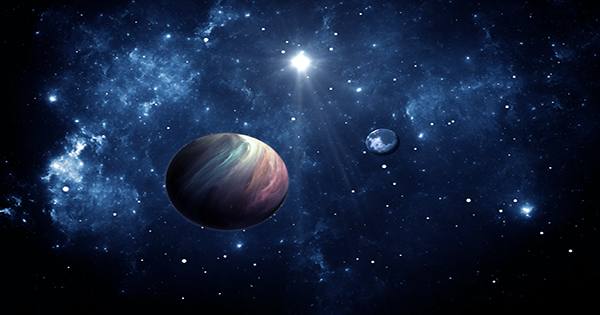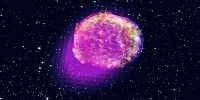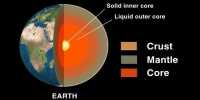At the top of the wish list of astronomers, studying planets outside the solar system (exoplanets) is an Earth-like Earth with the right combination of conditions to study the atmosphere. Now they have finally made a search, although it will probably show more than Earth with Venus. With rare exceptions, the exoplanets we have discovered either observe the motion of the star from the planet’s gravity or sink into the brightness of the star as it passes in front of the planet. The first method expresses the mass of the planet, the second the size of it, and perhaps the hope of Starlight as it passes through an atmosphere. Both are needed to understand a planet, so rare planets that can be identified in two ways are valuable.
An example of Gliese 486b and a scientific research paper revealed that it has several other key features that make it suitable for atmospheric explorations. While the Gliese 486b itself is not well suited to support life, the things we can learn from it can be invaluable in narrowing the search for a habitable planet elsewhere. The atmosphere around the planets is important because they may be signs that life may have survived there. The Earth’s atmosphere retains life by trapping the planet’s heat and warming it, but it also protects it from the sun’s harmful radiation. Mars, on the other hand, has a very thin atmosphere, which means the planet is cooler and less protected, so it will appear as a hospitable landscape.

Planets with orbits lined up with Earth can only identified by diving into the brightness of the stars. We see that gravitational rotations require larger masses than the stars of the planets. It also helps if they are nearby and do not turn around too much for other reasons. Gliese combines all of 486B. Star Glees 486 226 light-years away – almost in our galactic neighborhood – and a red dwarf a mass of 32 percent of the Sun. This makes it light enough, markedly marked by Glacier 486B, a “super-earth” with a mass 2.8 times that of our own planet. It took four years of ground-based observations about the spectrum of Gliese 486 to orbit a planet every 1.47 days.
The brightness of the paper’s view of NASA’s planet-hunting TSES space telescope meant that it came from the same earth, not a starspots, but the same universe. This process has also shown to be calm enough to allow them to observe the planet’s atmosphere without interference. Glacier 486B the temperature so close to the star is estimated to be 700 K (800ºF), slightly cooler than Venus, keeping life out of the question. However, there is a great deal of debate as to whether the rocky planets orbiting near the red dwarf can handle the intense fires of the stars in the star’s atmosphere.
Atmospheric detection will therefore tell us something important learn its composition. We know little about the atmosphere of some exoplanets, including severely hardened areas where iron is likely to rain. However, these are gas giants like Jupiter, rather than places with a passing resemblance to our home. Rocky planets, by definition, are smaller gas giants, making it harder to study their atmospheres, so everything must be fine to make it happen.















